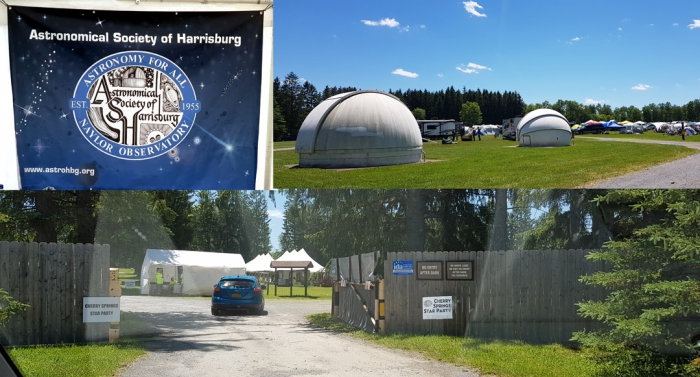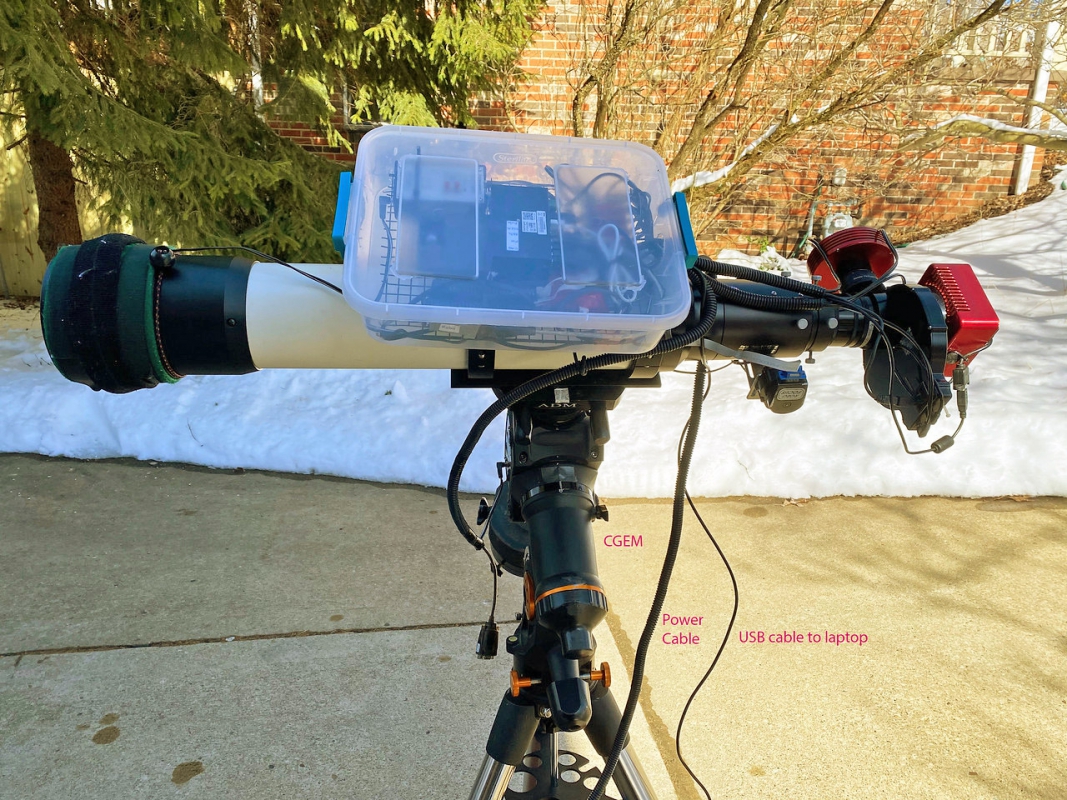Imaging the Skies with the Tele Vue-NP127is
We’re quite impressed with Frank Wielgus’ exquisite collection of wide-field, deep-sky images on SmugMug. Photographed with a Tele Vue-NP127is APO refractor, the attention to image capture and software craftsmanship is evident in his collection of galaxies and nebulae. His images have often been selected as winners in the Amateur Astronomers Association of Pittsburgh’s Kevin J. Brunelle Photography Contest.
In his guest blog, Frank shows and tells us the story of his astrophotography.
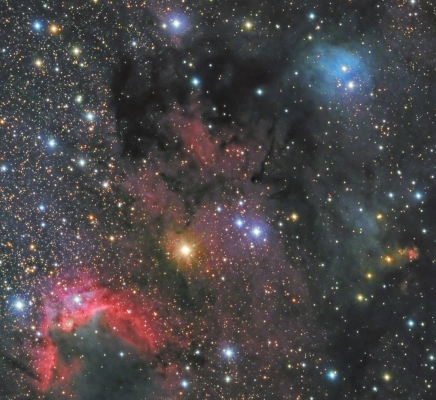
I started astrophotography in the early ’90s using film. It was a Pentax camera with screw mount lenses, piggybacked on an SCT using slide film. Boy, I’m glad those days are gone! I have recently started using those lenses again on a wide field DSLR set up. I then moved to imaging through the SCT. At some point, I wanted to up my game in quality, and for me, that meant a refractor.
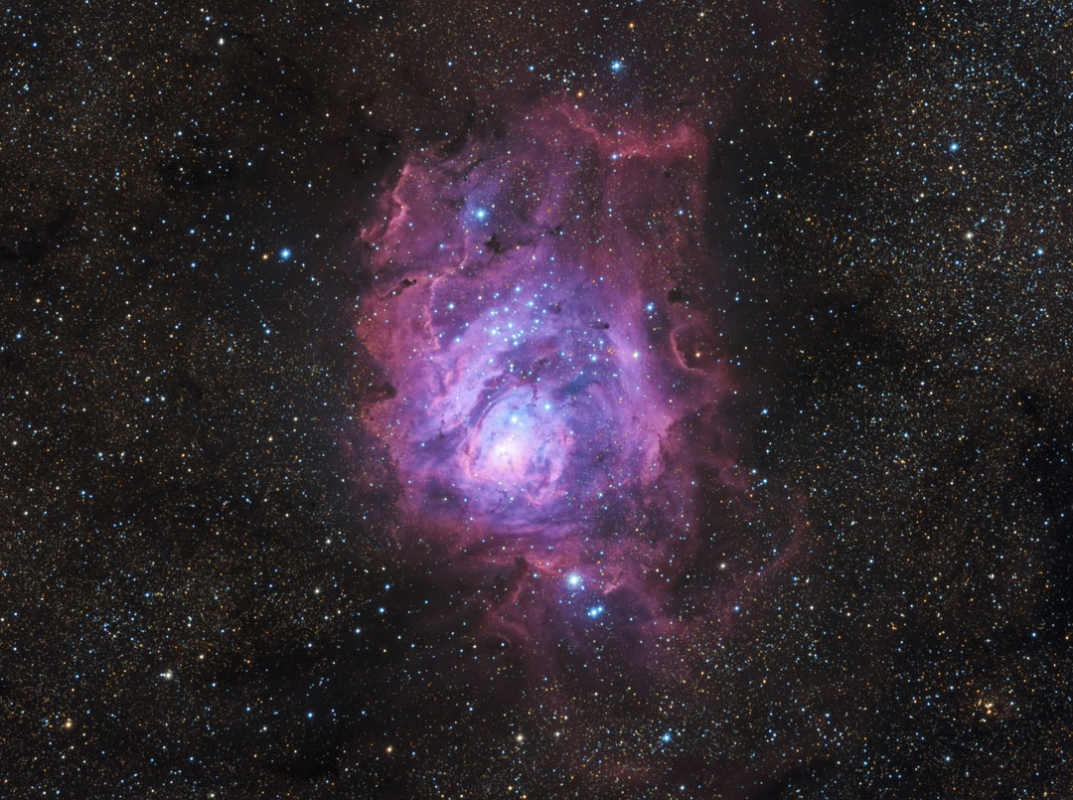
Ever since I first acquired Tele Vue Plössls in the early ’90s, I have always admired Tele Vue products. Quality, design, and locality of service were important considerations for me. For these reasons, the NP127is was a dreamed-for acquisition for a number of years. So when the opportunity arose and with the prompting of a good friend, I acquired one. I remember being blown away by the quality. Now stars look like stars and the sharpness with flat field are incredible things to see. Barring any unusual circumstances, this scope and I are in it together for the long haul.
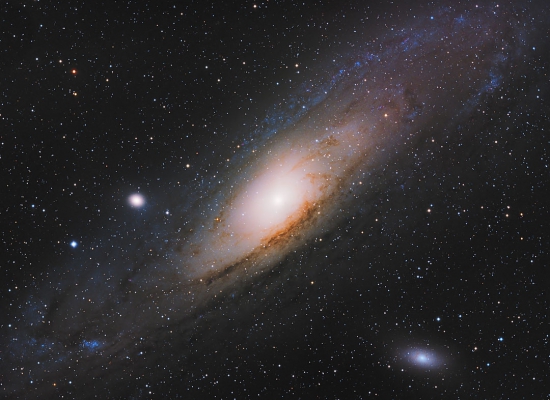
I do most of my imaging from Cherry Springs Park Pa, Calhoun Park WV, and from home near Pittsburgh. Due to light pollution, home is primarily used for shaking down new hardware or software versions and if test image runs happen to turn out well, I process them. I am a spring through fall imager. Snow and cold hold me back in winter but someday – who knows.
I met Al Nagler about 4-years ago at Cherry Springs during one of the star parties. He was stationed inside one of the large white vendor tents. I discussed with him my version of the Tele Vue-NP127is with an end ring of 4 attaching thumb screws vs the newer model with 3 and he indicated that the newer version could be purchased if needed. Al also mentioned – humorously – that the way the Starbeam has the black tapered end is because “he liked it.” Gotta love that spirit.
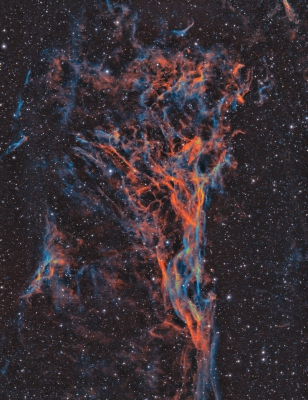
Currently, all luminance, red, green, and blue (LRGB) broadband filter exposures are 300-seconds while narrowband filter exposures are 1,000-seconds. Luminance is binned 1×1 while R, G, and B, are binned 2×2. For narrowband, Hydrogen-α (Hα) is binned 1×1, while Sulfur (SII) and Oxygen (OIII) are binned 2×2. I’m sure there are many alternate exposure formulas out there, but this keeps it simple to two numbers. The exceptions to this are star clusters – which are infrequent targets – I then half my LRGB exposures. The 660mm Tele Vue-NP127is focal length makes using an off-axis guider (OAG) easy. I have always been able to find a guide star and have the benefit of minimal, if any, flexure.
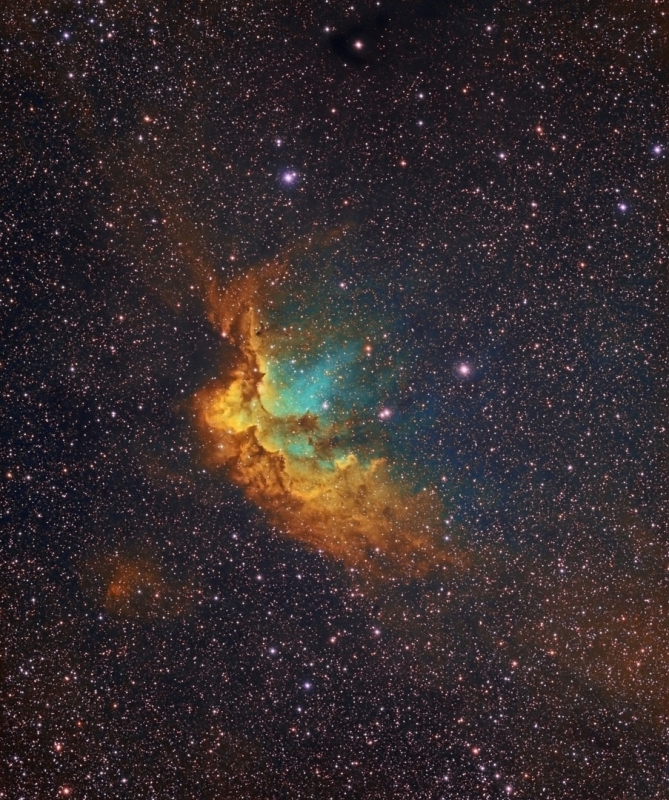
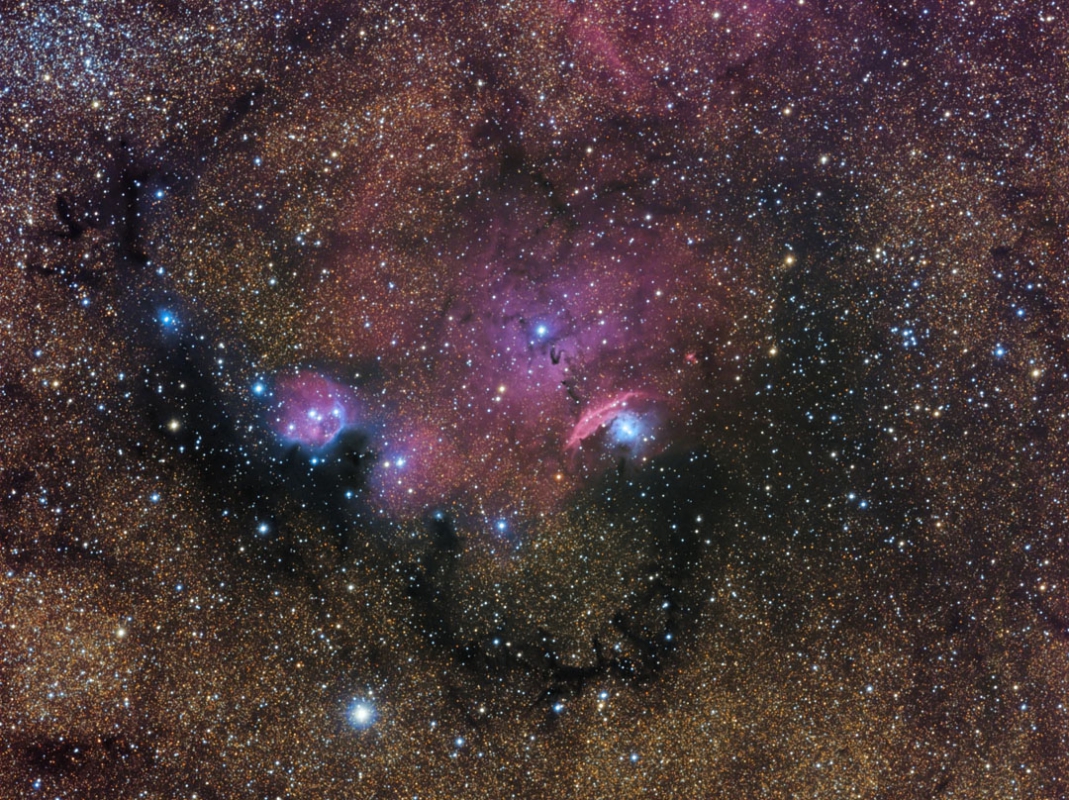
Over the years I have learned that simpler is better – in astrophotography as well as other aspects of life. So, for astrophotography, the past several years have focused on setup simplification. The main camera/filter wheel/off-axis guider/guide camera are combined and attached to the scope as one unit (simple). An electronics box, containing the power distribution hub/USB hub/focuser controller, along with connecting wires, attaches as one unit (simple).
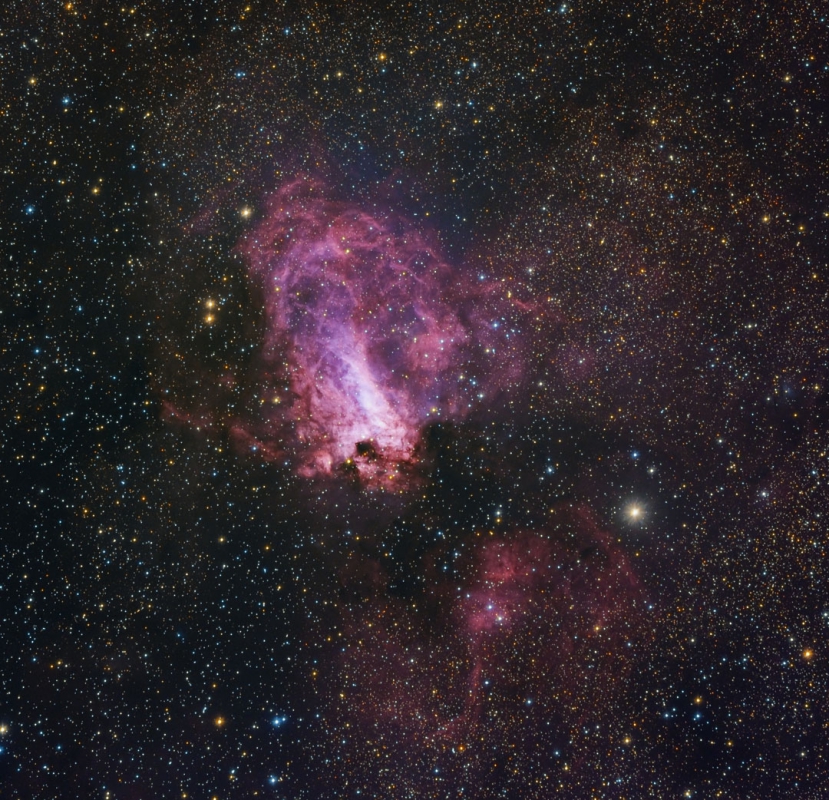
I have used several types of image capture software over the years. Currently, for capture, I use CCDciel to manage an entire night’s run. I love this software. Once set up and running, I only check in periodically which allows me to take a nap or, if I feel brave, tuck in for the night.
For image processing, I am now exclusively using Astro Pixel Processor (APP) for image calibration, stacking, combining channels, and Digital Development Processing. After APP it is Photoshop for everything else. In Photoshop there is a general flow to the processing but I have found that no image is ever 100% like another, so there is some customization and personalization to each image.
Did you observe, sketch, or image with Tele Vue gear? We’ll like your social media post on that if you tag it #televue and the gear used. Example:
#televue #np127is #ethos #jupiter
Do you want your Tele Vue images re-posted on Tele Vue Optics’ Social Media accounts? Use this hashtag for consideration:
#RPTVO
- Frank’s SmugMug site.
- Frank’s Facebook page.
- Tele Vue-NP127is on our website (mobile site).



